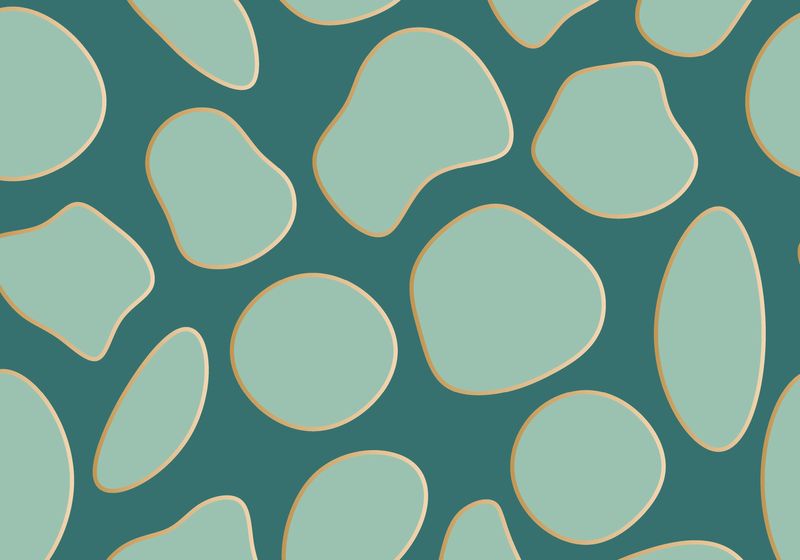Machine Learning Enhances Hepatocyte and Organoid Counting

Conventional automated platforms count uniform single cells accurately but struggle with irregularly shaped cell models, such as hepatocytes and organoids.
© Istock, iconogenic
Cell culture is vital to many biological fields, including oncology, immunology, drug discovery, genomics, and cell biology. Researchers depend on accurate cell enumeration to maintain healthy cultures over weeks and seed the correct number of cells for downstream assays.1 Without precise and reproducible cell counting methods, results from drug testing, cell signaling, microbial infection, and migration experiments could lack reliability.
Challenges in Counting Complex Cell Models
Since the 1800s, researchers performed manual counts using a hemocytometer, a slide with an etched grid viewed under a light microscope.2 More recently, many scientists have adopted automated image-based platforms for cell enumeration.3 These instruments often improve counting efficiency and consistency but struggle with complex cell models, including hepatocytes and organoids.
Responsible for the organ’s detoxifying, metabolic, digestive, and immunological functions, hepatocytes are the main cell type found within the liver.4 Because of these roles, hepatocyte cultures are central to toxicology, drug development, and infectious disease research. However, scientists often struggle to count these cells using automated platforms. Hepatocytes vary widely in shape and size, frequently contain multiple nuclei, and generate cultures rich in cell debris. These cells are also prone to clumping, which causes many counting platforms to confuse these clumps for single large cells. Additionally, hepatocytes autofluoresce in the green channel, complicating the use of green viability dyes. Hepatocyte isolation from liver tissue yields other cell types, including lymphocytes, which cell counters must distinguish from the target cells.
Composed of several cells or cell types, three-dimensional cell culture models, such as organoids, tumorspheres, and spheroids, are gaining popularity among researchers because they are often more representative of human tissue structure and physiological processes than two-dimensional models.5 Scientists employ these cultures for various applications, such as drug screening, cancer research, toxicity testing, or infectious disease modeling. However, organoids are often irregularly shaped, vary in size and density, and frequently cluster or overlap. This is problematic for most cell counters, as scientists originally designed these instruments for analyzing individual cells and not these complex structures. Additionally, organoid cultures contain dissociated cells and debris that the platform must exclude from the counts.
Leveraging Machine Learning for Improved Automated Cell Counting
While accurately seeding hepatocytes and organoids is critical for downstream assays, researchers are reluctant to use automated platforms due to their inherent limitations. Many scientists still rely on manual counting, which requires significant time and expertise and can delay research projects. Therefore, researchers need a more efficient approach for counting these cell models.
Machine learning algorithms enable the CellDrop FLi Automated Cell Counter to analyze complex hepatocyte and organoid samples with greater accuracy than traditional counting methods.
DeNovix
The CellDrop FLi Automated Cell Counter from DeNovix provides an ideal solution for enumerating hepatocytes and organoids. Featuring brightfield and dual fluorescence imaging, this user-friendly instrument comes with optional hepatocyte and organoid applications that leverage machine learning-based algorithms to detect and count these cell models precisely. After pipetting a sample between the platform’s two optical-grade sapphire surfaces, scientists receive counts on the high-definition touchscreen in seconds.
DeNovix scientists pretrained the hepatocyte machine learning models using diverse sample types, including different species and isolation methods, ensuring accurate counts regardless of sample source. The fluorescence-based app automatically adjusts for autofluorescence, enabling precise live and dead hepatocyte counts using the acridine orange and propidium iodide viability assay. The application also quantifies lymphocytes, free nuclei, and debris. These metrics are rarely captured when manually counting but provide essential information about the sample’s quality.
Like the hepatocyte app, DeNovix pretrained the organoid application so it is ready to begin counting organoids, tumorspheres, and spheroids right away. Additionally, this brightfield-based app measures organoid size and dissociated cell counts, allowing researchers to assess the quality of their organoid cultures.
Together, the hepatocyte and organoid apps deliver fast, consistent, and accurate counts, letting scientists focus on advancing their research more efficiently.




